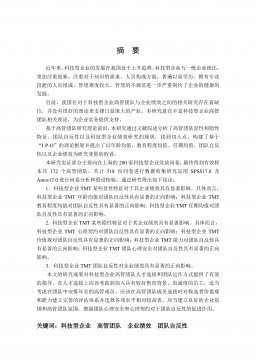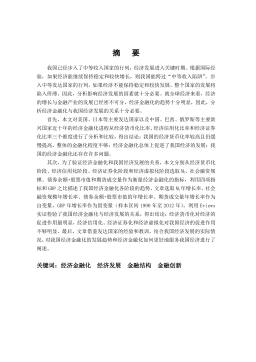风叶型隔板换热器的流动和传热性能研究
摘要管壳式换热器是现今使用最广泛的一种换热器,主要适用于石油、化工等行业。壳侧流体的流动和换热性能的优化对于换热器整体性能的提高具有主导作用,因此对其壳侧的流场和温度场进行探讨,就显得尤为重要。本文在现有管壳式换热器的基础上,开发出一种新型的管壳式换热器——风叶型隔板换热器,主要针对其壳侧的隔板结构进行优化,以达到优化流动和换热性能的目的。建立几何模型之后,选用Realizablek-ε模型、标准壁面函数法和SIMPLE算法,进行Fluent数值模拟。为了研究几何结构对性能的影响,在不同雷诺数下,通过改变隔板间距、隔叶片数目、管束长度等结构参数,模拟对应结构的流场和温度场,对6种不同结构的风叶...
相关推荐
-
【拔高测试】沪教版数学五年级下册期末总复习(含答案)VIP免费
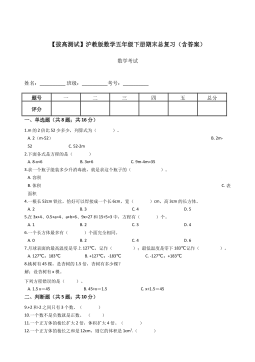
 2024-11-19 19
2024-11-19 19 -
【基础卷】小学数学五年级下册期末小升初试卷四(沪教版,含答案)VIP免费
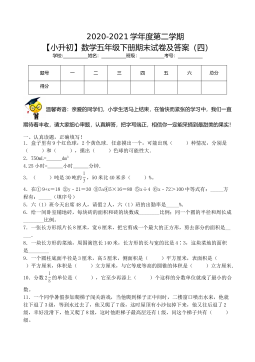
 2024-11-19 9
2024-11-19 9 -
期中测试B卷(试题)-2021-2022学年数学五年级上册沪教版(含答案)VIP免费
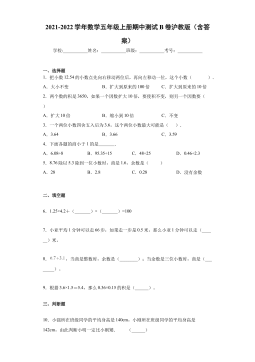
 2024-11-19 11
2024-11-19 11 -
期中测试B卷(试题)- 2021-2022学年数学五年级上册 沪教版(含答案)VIP免费
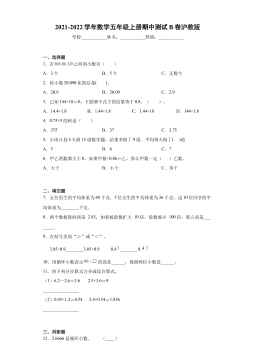
 2024-11-19 16
2024-11-19 16 -
期中测试A卷(试题)-2021-2022学年数学五年级上册沪教版(含答案)VIP免费
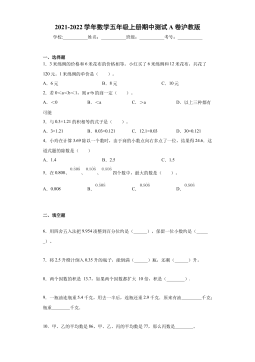
 2024-11-19 18
2024-11-19 18 -
期中测试A卷(试题)-2021-2022学年数学五年级上册 沪教版(含答案)VIP免费
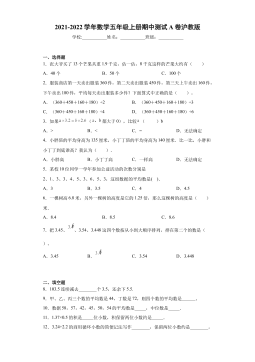
 2024-11-19 25
2024-11-19 25 -
期中测B试卷(试题)-2021-2022学年数学五年级上册 沪教版(含答案)VIP免费
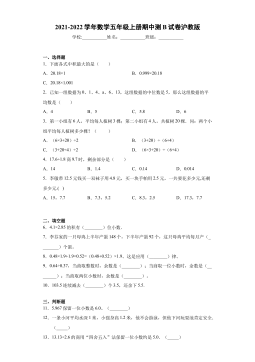
 2024-11-19 23
2024-11-19 23 -
期中测A试卷(试题)-2021-2022学年数学五年级上册沪教版(含答案)VIP免费

 2024-11-19 31
2024-11-19 31 -
【七大类型简便计算狂刷题】四下数学+答案
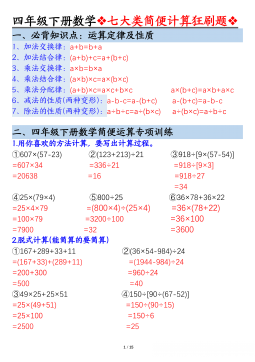
 2025-03-18 16
2025-03-18 16 -
【课内金句仿写每日一练】四下语文

 2025-03-18 39
2025-03-18 39
作者详情
相关内容
-

期中测试A卷(试题)-2021-2022学年数学五年级上册 沪教版(含答案)
分类:中小学教育资料
时间:2024-11-19
标签:无
格式:DOCX
价格:5 积分
-

期中测B试卷(试题)-2021-2022学年数学五年级上册 沪教版(含答案)
分类:中小学教育资料
时间:2024-11-19
标签:无
格式:DOCX
价格:5 积分
-

期中测A试卷(试题)-2021-2022学年数学五年级上册沪教版(含答案)
分类:中小学教育资料
时间:2024-11-19
标签:无
格式:DOCX
价格:5 积分
-

【七大类型简便计算狂刷题】四下数学+答案
分类:中小学教育资料
时间:2025-03-18
标签:数学计算;校内数学
格式:PDF
价格:1 积分
-

【课内金句仿写每日一练】四下语文
分类:中小学教育资料
时间:2025-03-18
标签:无
格式:PDF
价格:1 积分


